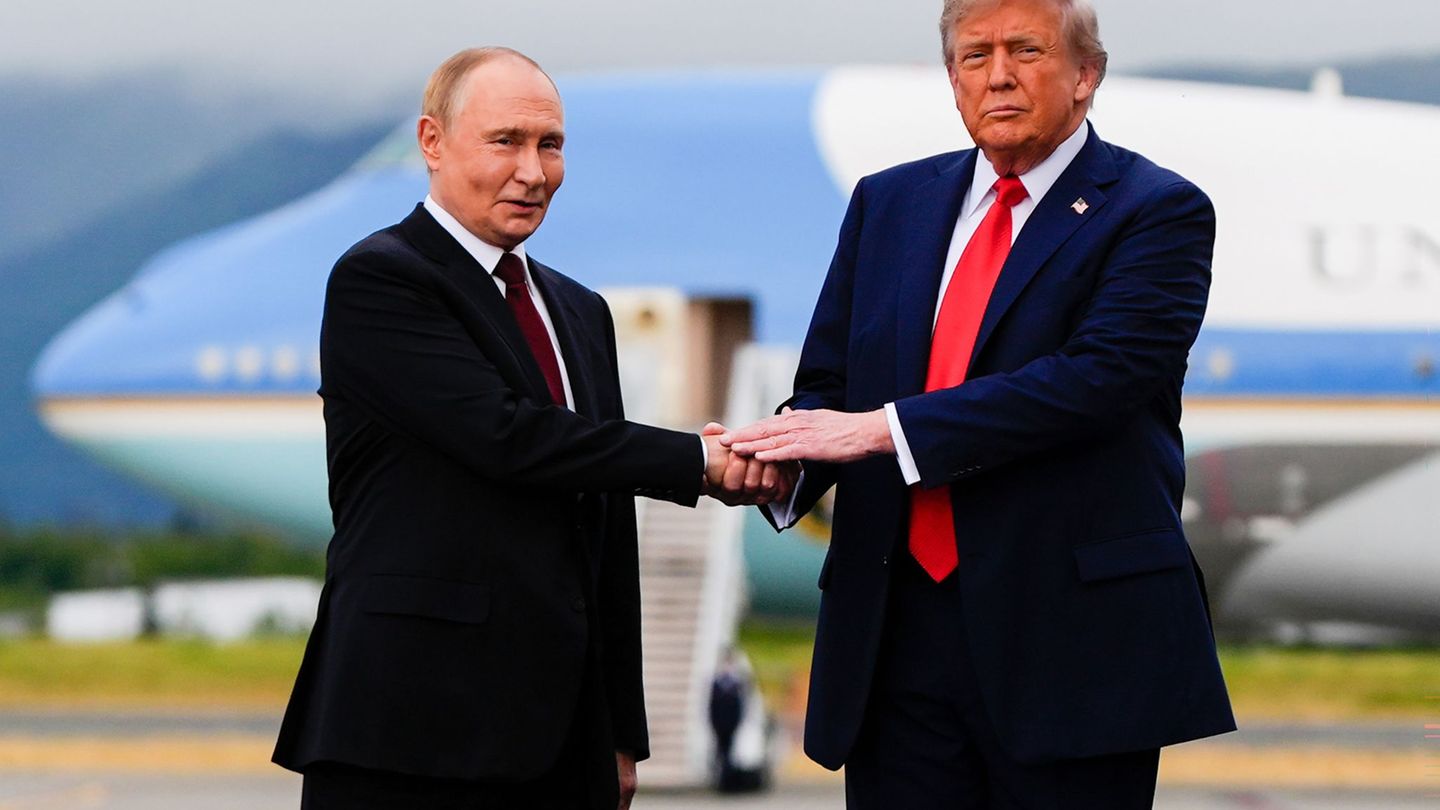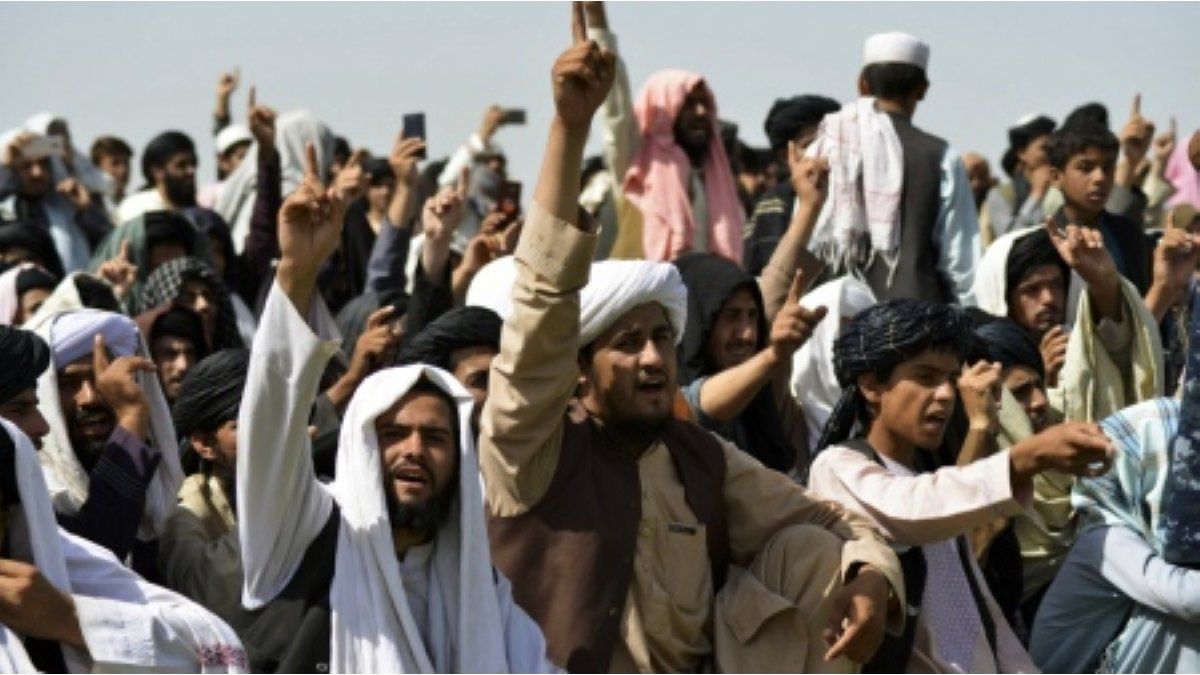I have been working in the news industry for over 6 years, first as a reporter and now as an editor. I have covered politics extensively, and my work has appeared in major newspapers and online news outlets around the world. In addition to my writing, I also contribute regularly to 24 Hours World.
Menu
US limit: Trump’s anti-migration course: fear and uncertainty in Mexico
Categories
Most Read
Demonstrations: “No Kings”: Mass protests against Trump again in the USA
October 19, 2025
No Comments
Military Service Law: Pistorius: Comprehensive military service deters Russia
October 18, 2025
No Comments
Protest: “No Kings”: Americans take to the streets against Trump
October 18, 2025
No Comments
Protest: Americans are taking to the streets again against Trump
October 18, 2025
No Comments
Driving license: These measures should make it cheaper
October 18, 2025
No Comments
Latest Posts

Rock icon: Why the Queen guitarist constantly loses his temper
October 19, 2025
No Comments
Lisa HarrisI am an author and journalist who has worked in the entertainment industry for over a decade. I currently work as a news editor

Ukraine War: Media: Putin demanded control over Donetsk in Trump’s call
October 19, 2025
No Comments
IvanI have been working in the news industry for over 6 years, first as a reporter and now as an editor. I have covered politics

Pakistan and Afghanistan sealed an immediate ceasefire after days of border tension
October 19, 2025
No Comments
October 18, 2025 – 22:14 After a week of clashes that left dozens of victims, both governments agreed to a truce in Doha. After a
24 Hours Worlds is a comprehensive source of instant world current affairs, offering up-to-the-minute coverage of breaking news and events from around the globe. With a team of experienced journalists and experts on hand 24/7.

